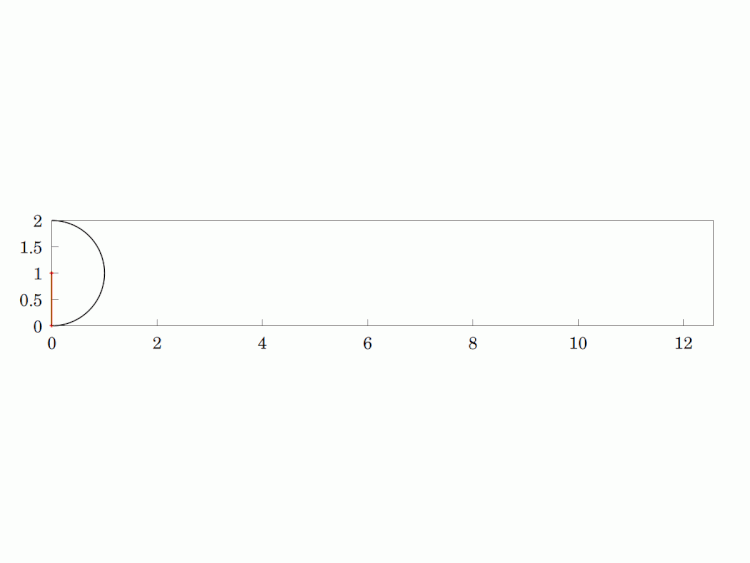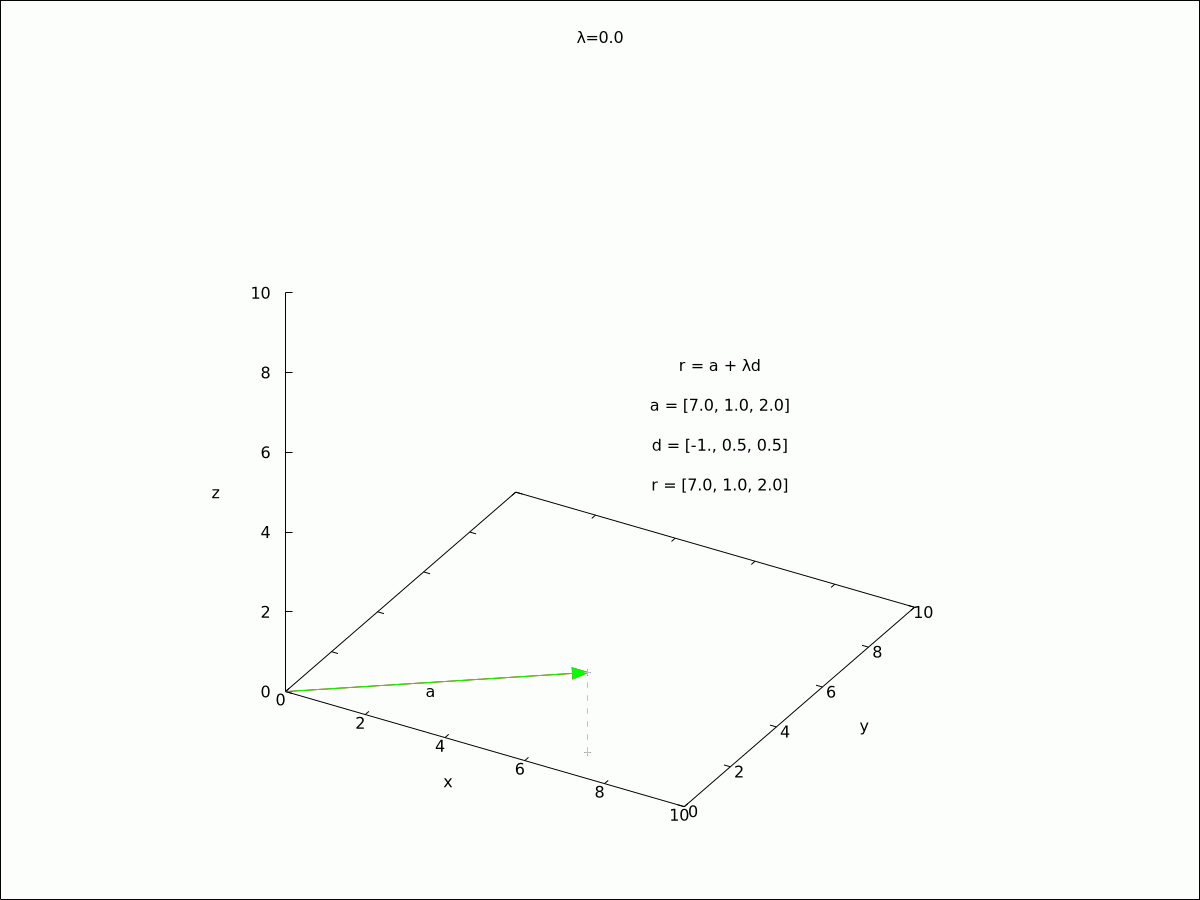Supersmarties!
https://www.youtube.com/watch?v=w7ThvCb0zUk
I'm fond of ViHart's videos.
#math or is it #geometry?
One person like that
1 Shares
Supersmarties!
https://www.youtube.com/watch?v=w7ThvCb0zUk
I'm fond of ViHart's videos.
#math or is it #geometry?
https://www.youtube.com/watch?v=mS3kw7Ln564
#Astrology: The #Collision of #History and #Geometry with Dr. Dani

Zeichnungen, Februar 2018
#math #geometrie #gif #animation #zeichnungen #digital #sketch #geometry #drawing #art
It may be a bit soon but I've produced a #calendar for #2025. Unlike previous editions, which featured some of my photographs, this one contains #illustrations to do with #mathematics, #geometry, #physics and #engineering applications.
https://www.bitchute.com/video/IYLMAji6wVL9/
#Sacred #Geometry of #Sound, #Frequency and #Vibration - #Robert_Sepehr
the abuse of #healing just so the rich can get richer

Imagine a circular wheel rolling, without skidding, on a flat, horizontal surface. The #locus of any given point on its #circumference is called a #cycloid. It is a #periodic #curve over a length equivalent to the #circle's circumference and has #cusps whenever the point is in contact with the surface (i.e. the two sides of the curve are tangentially vertical at that point).
Interestingly, it is also the curve that solves the #Brachistochrone problem, which means that starting at a cusp on the inverted curve (maximum height), a frictionless ball will roll under uniform gravity in minimum time from the start to any other point on the curve, even beating the straight line path.
#Mathematics #Geometry #Maths #AppliedMathematics #Mechanics #Kinematics #Dynamics #Physics #MyWork #CCBYSA #WxMaxima

Just a simple demonstration here of the #locus of #StraightLine in ##ThreeDimensionalSpace in #CartesianCoordinateds passing through a known point with #PositionVector a and a direction d. A #Projection onto the x-y plane is also depicted.
#AnimatedGif #FreeSoftware #WxMaxima #Mathematics #Maths #Geometry #MyWork #CCBYSA

There are literally hundreds of #proofs of #Pythagorus' #Theorem and this book has about three hundred of them. It was published in the 1920s but my copy was printed to order and bound in #India. I hope it will be both a reference and a talking point.
#Geometry of the #Goddess at #GöbekliTepe and #KarahanTepe pt.1 | #HughNewman | #Megalithomania 2022
https://www.youtube.com/watch?v=v5AqNBdrrDQ
Hugh shares new research from southeast Anatolia, looking at the time before Göbekli Tepe, how the site came into being and how geometric principles found in British stone circles are also found here and at Karahan Tepe. Hugh and JJ Ainsworth discovered a Winter Solstice alignment at Karahan Tepe and this is detailed with new research in this lecture. This led JJ to deciphering symbols at this site and others, revealing goddess cults throughout the ‘Tas Tepeler’ region. Part 2 (with JJ) will be available to watch soon.
Frank Hoogerbeets, a dutch seismologist who predicted the Turkish quake suggests a convergence of critical #planetary #geometry around 2 and 5 March may result in large to very large seismic activity, possibly even a mega-thrust earthquake around 3-4 March and/or 6-7 March.
Quote He predicted the horror. Now he warns again: The first week of March is critical
#Dutch #seismologist #FrankHoogerbeets said the world could be hit by another major #earthquake in the coming days.
SOURCE: B92, M.J. WEDNESDAY, MARCH 1, 2023 | 15:30
Just to recall that Hoogerbeets gained international fame after predicting devastating earthquakes in #Turkey and #Syria last month.
The first week of March will be "extremely critical", says Frank Hoogerbeets. Hoogerbeets, who makes his forecasts based on the movements of celestial bodies, posted a video on YouTube on Monday warning that "the first week of March will be extremely critical".
"A convergence of critical planetary geometry around 2 and 5 March may result in large to very large seismic activity, possibly even a mega-thrust earthquake around 3-4 March and/or 6-7 March", it is stated in the description of the clip.
In the video itself, the seismologist claimed that the strength of the alleged upcoming earthquake "could be over 8 on the Richter scale."
The affected area could stretch for thousands of kilometers, from the Kamchatka Peninsula and the Kuril Islands in the Russian Far East, all the way to the Philippines and Indonesia, Hoogerbeets said.
"I'm not exaggerating. I'm not trying to create fear. This is a #warning," insists the scientist, who works at the Geometric Survey of the #SolarSystem (SSGEOS).
The head of the Kamchatka branch of Geophysical Research of the Russian Academy of Sciences, Danila Chebrov, questioned Hoogerbeets' predictions and described him as an "amateur".
The connection between the motion of planets in the solar system and seismic activity on Earth "is quite weak, and it is problematic to use it as a main prognostic tool," Chebrov explained.
On February 3, Hoogerbeets posted a tweet that read: "Sooner or later a magnitude 7.5 earthquake will occur in this region (South Central Turkey, #Jordan, Syria, #Lebanon)." Three days later, a magnitude 7.8 earthquake struck Turkey and Syria. The disaster caused the death of more than 50,000 people, and strong aftershocks continue in the region to this day.
Dutsch's seismologist Hoogerbeets has made predictions over the years that have not come true.
Commenting on his work earlier this month, Susan Huff of the US Geological Survey insisted that no scientist "has ever predicted a major earthquake".
Huff told NPR that the direct forecast for the earthquakes in Turkey and Syria was just a coincidence.
"It's a stopped clock that's right twice a day, basically," she said.
Source: https://youtube.com/watch?v=Ntd24t68ex4
https://www.b92.net/eng/news/world.p...&nav_id=115504
Making it work

https://img-9gag-fun.9cache.com/photo/aRE0jdj_460svav1.mp4
31 sec video
#video #geometry